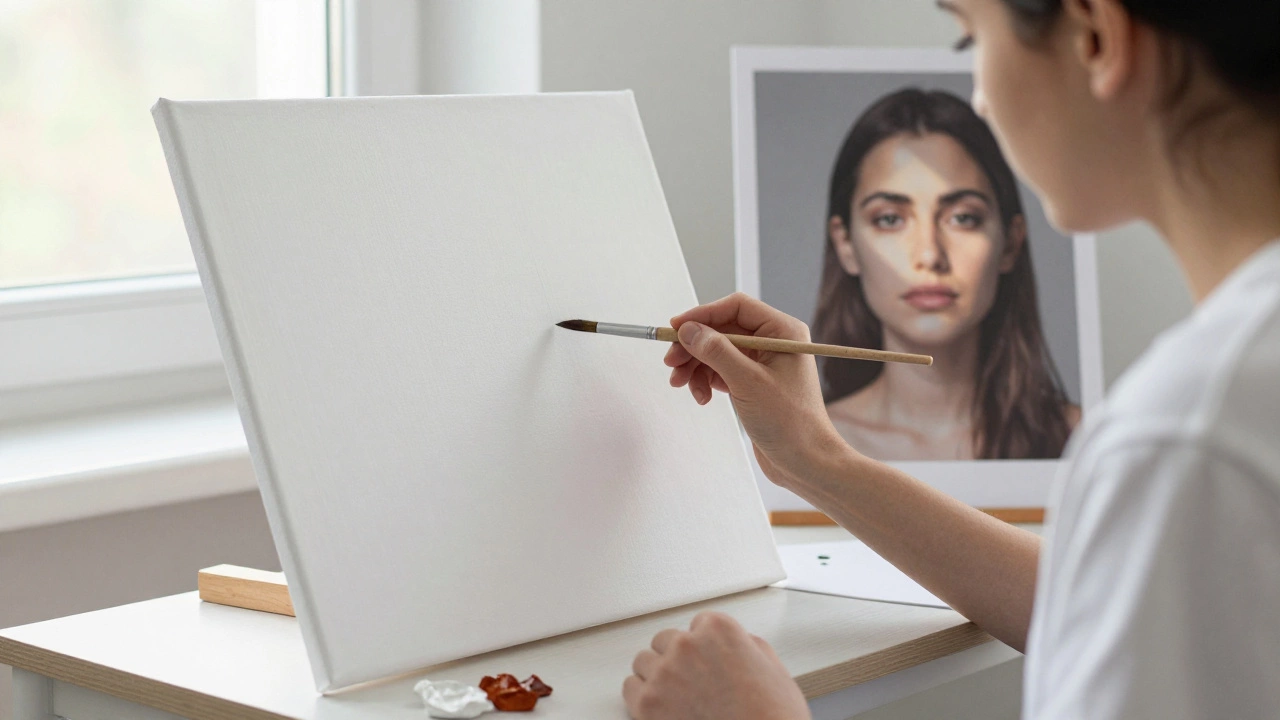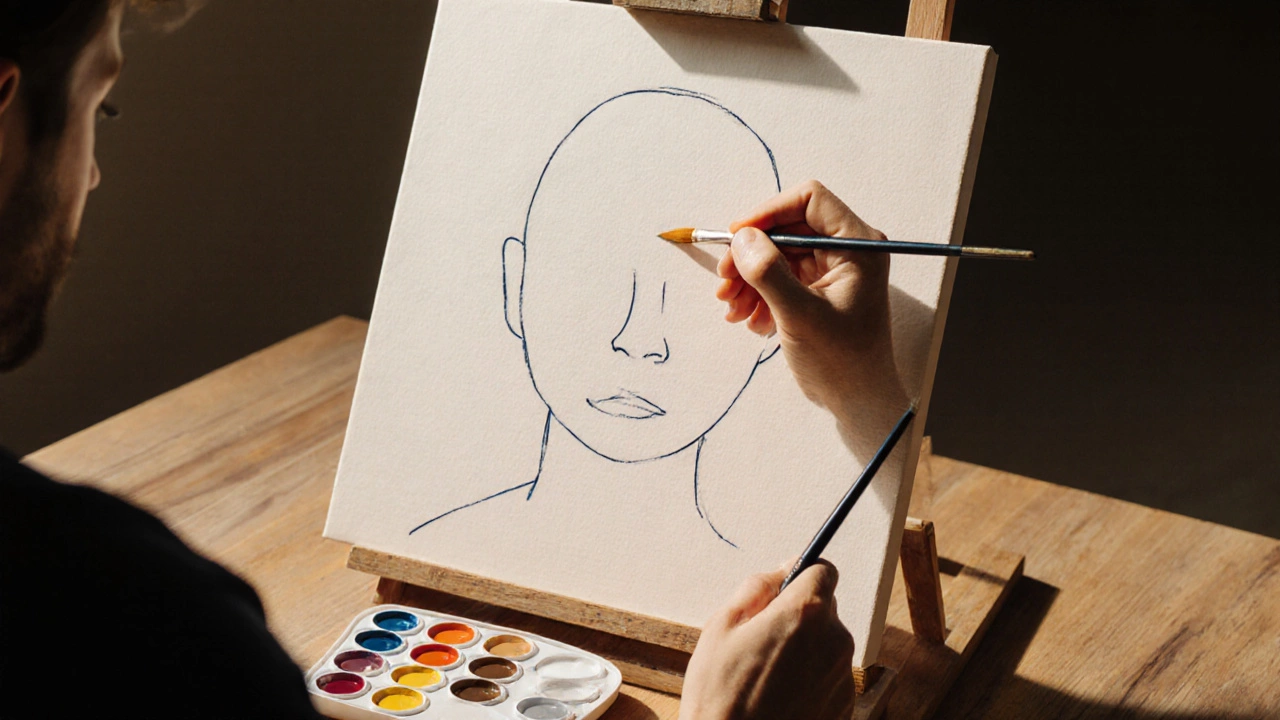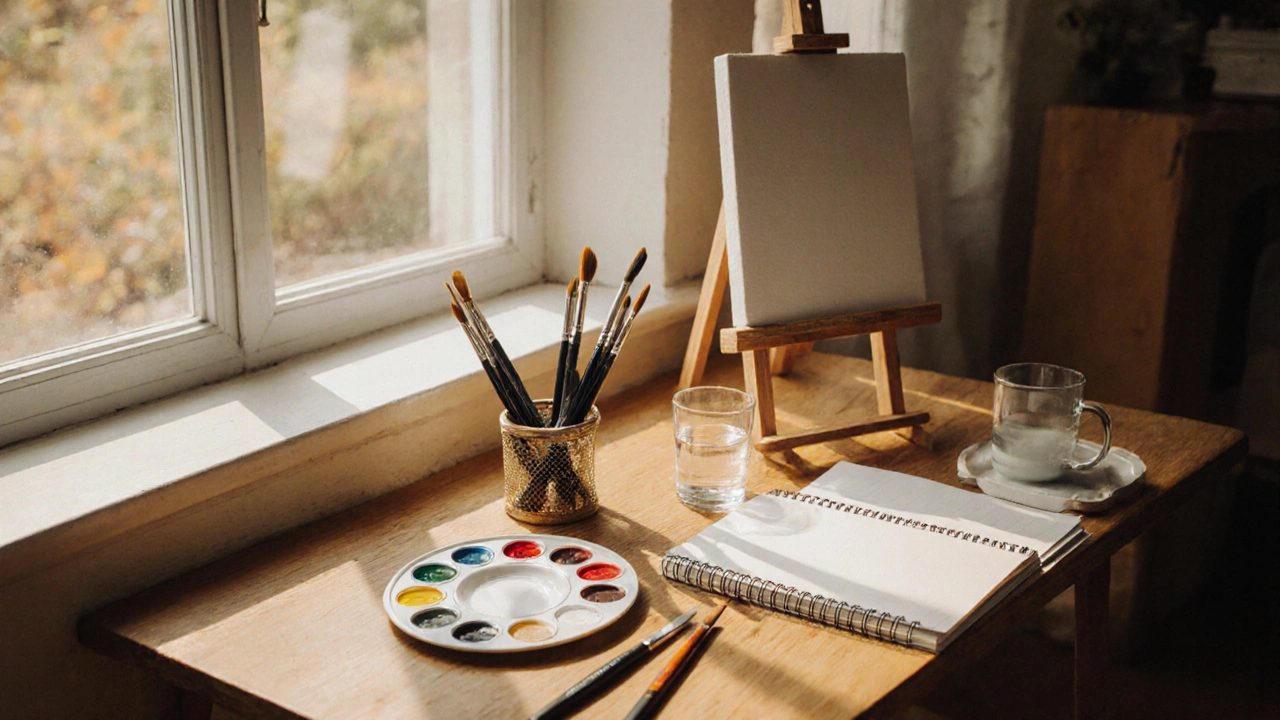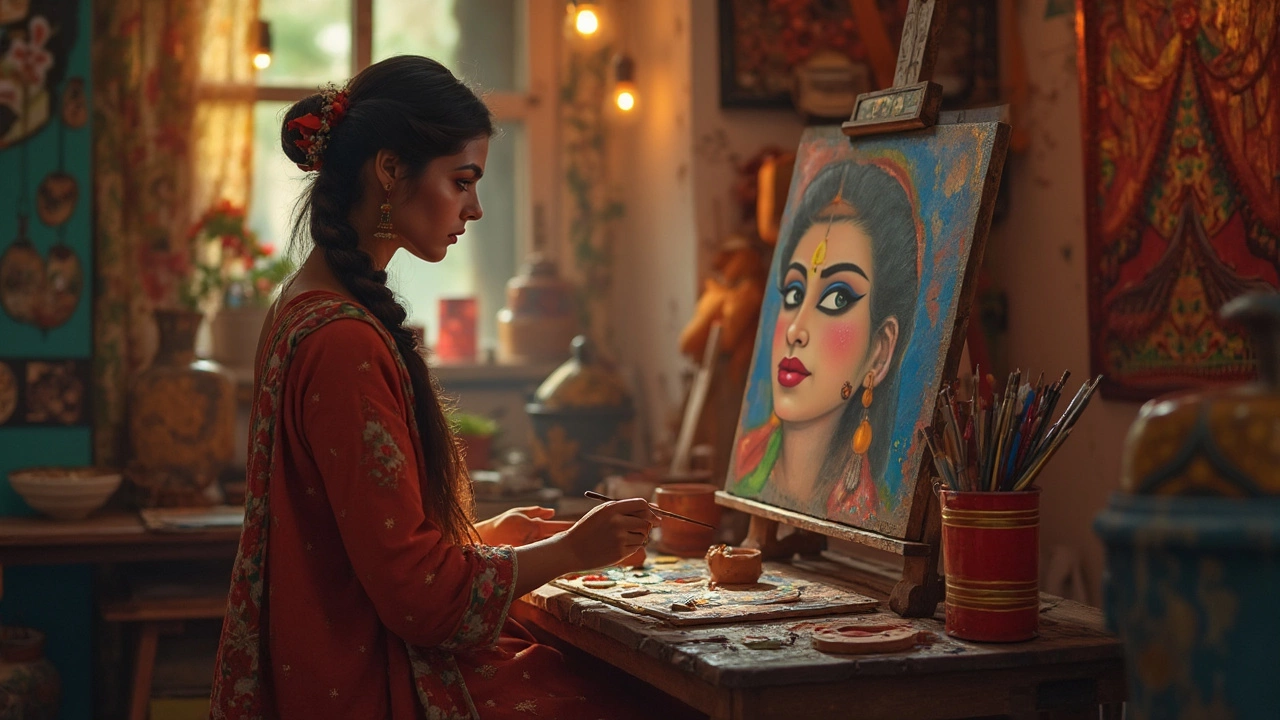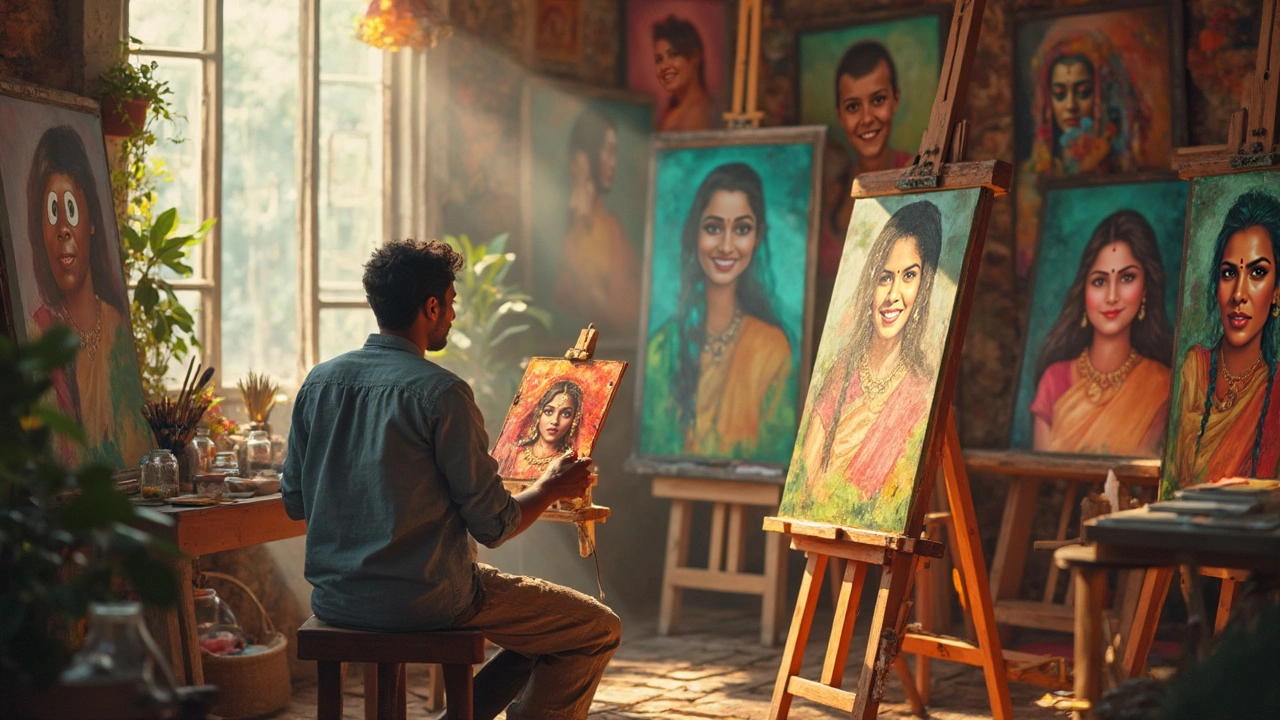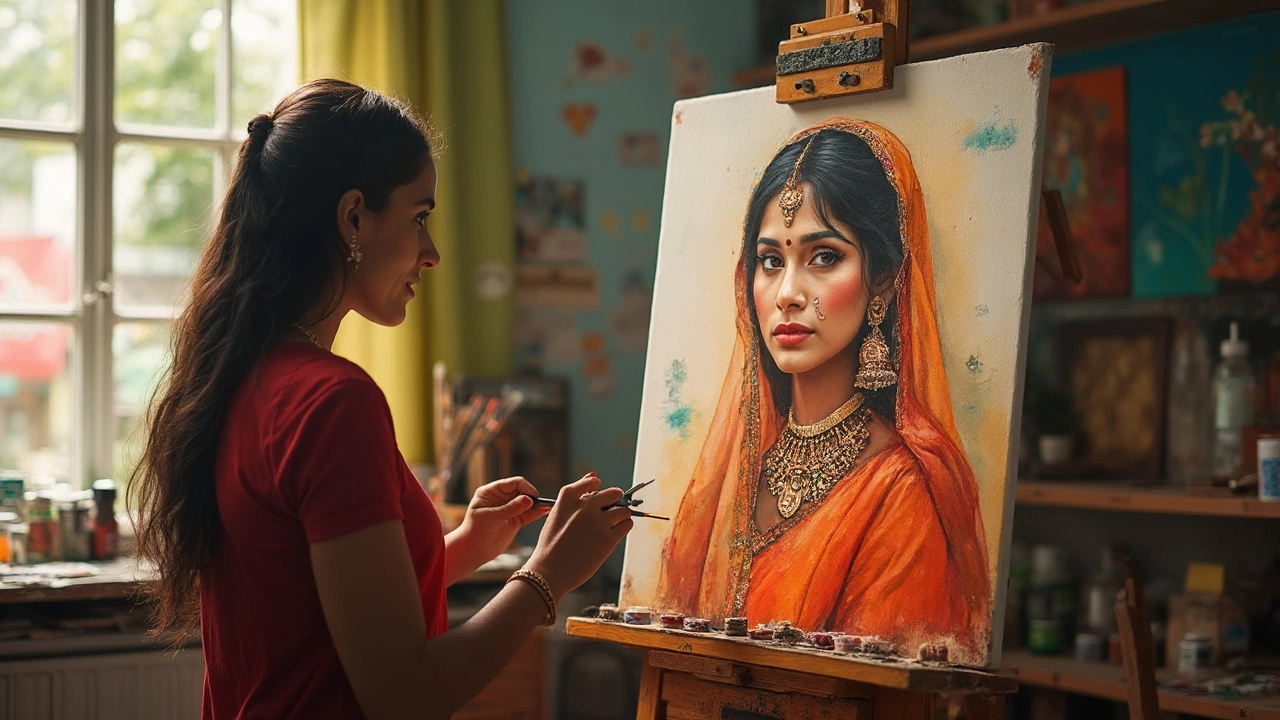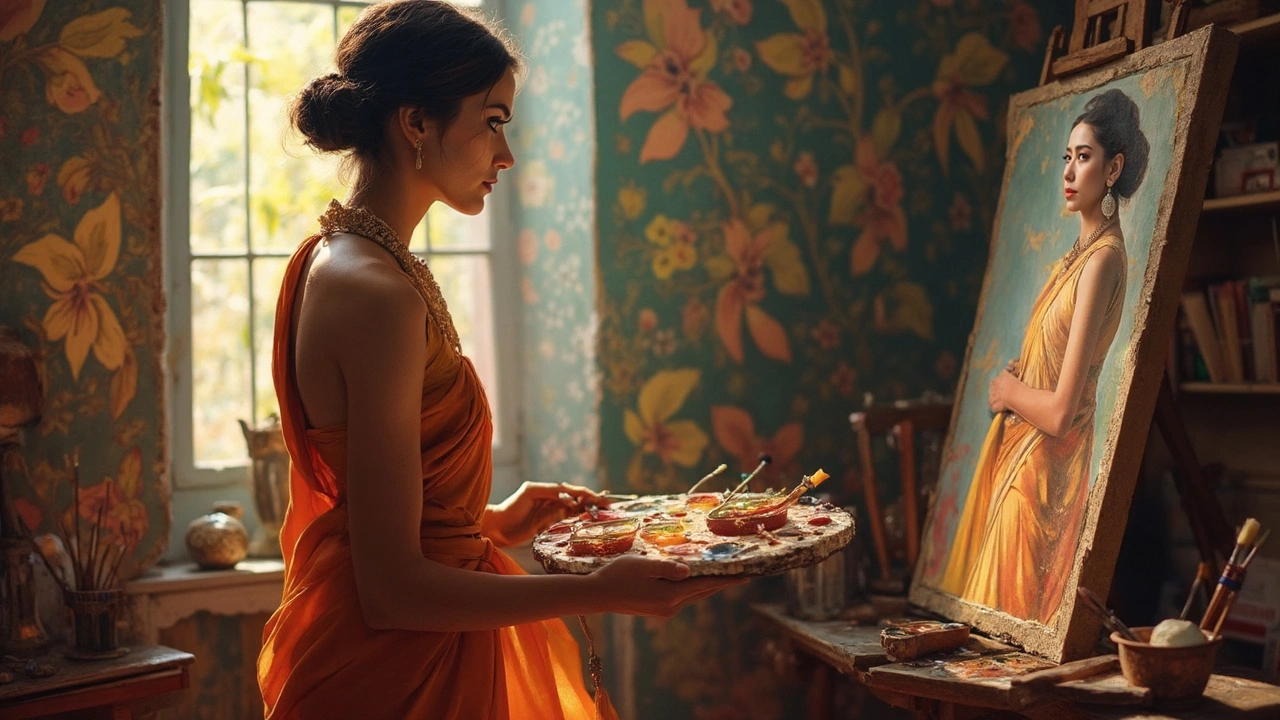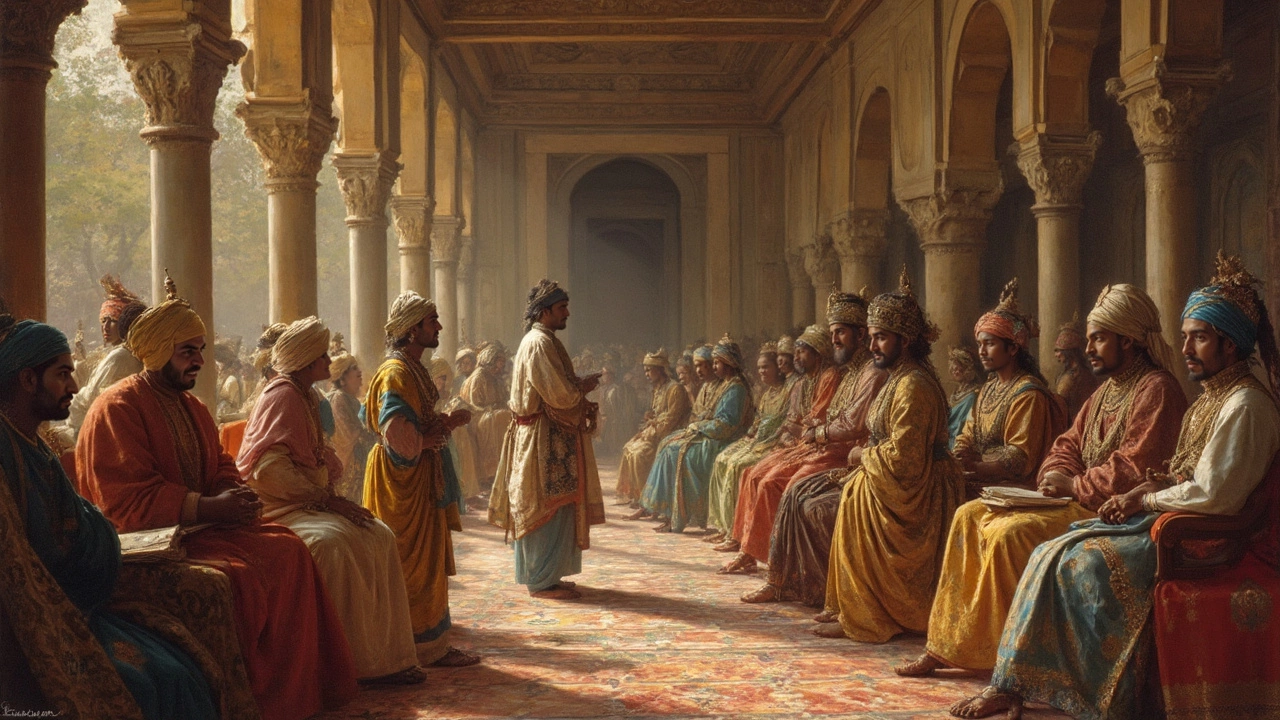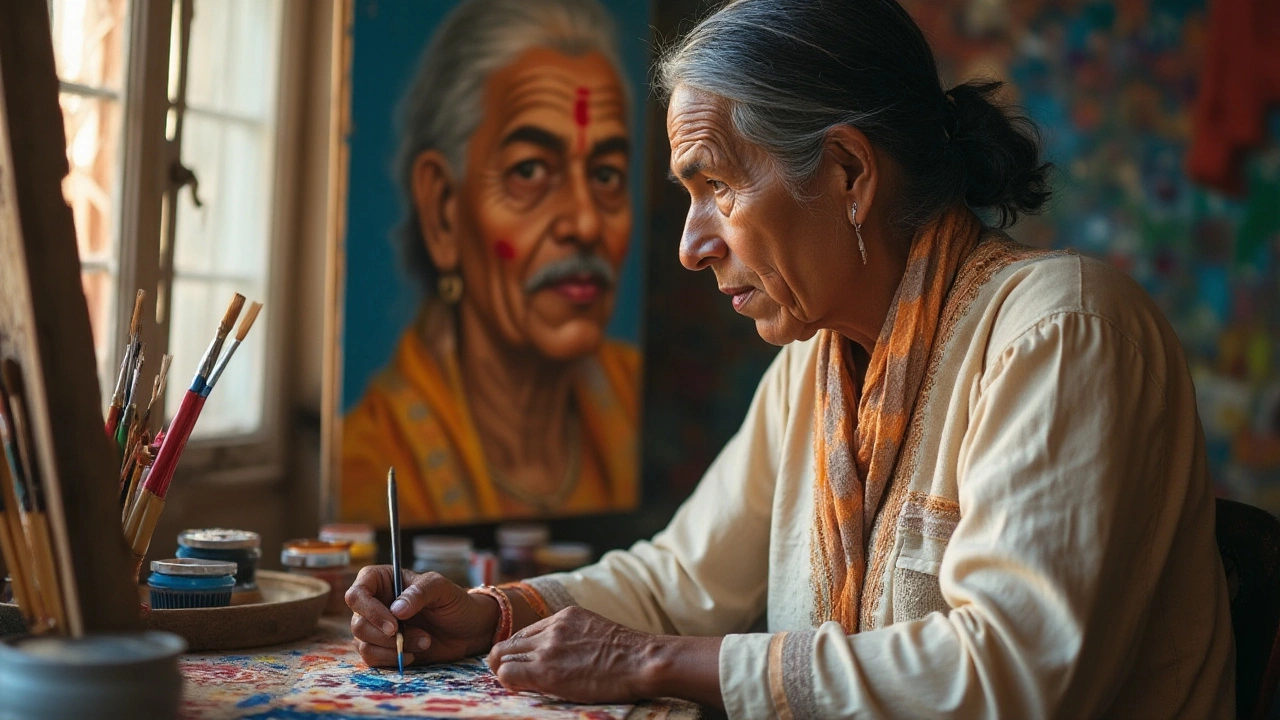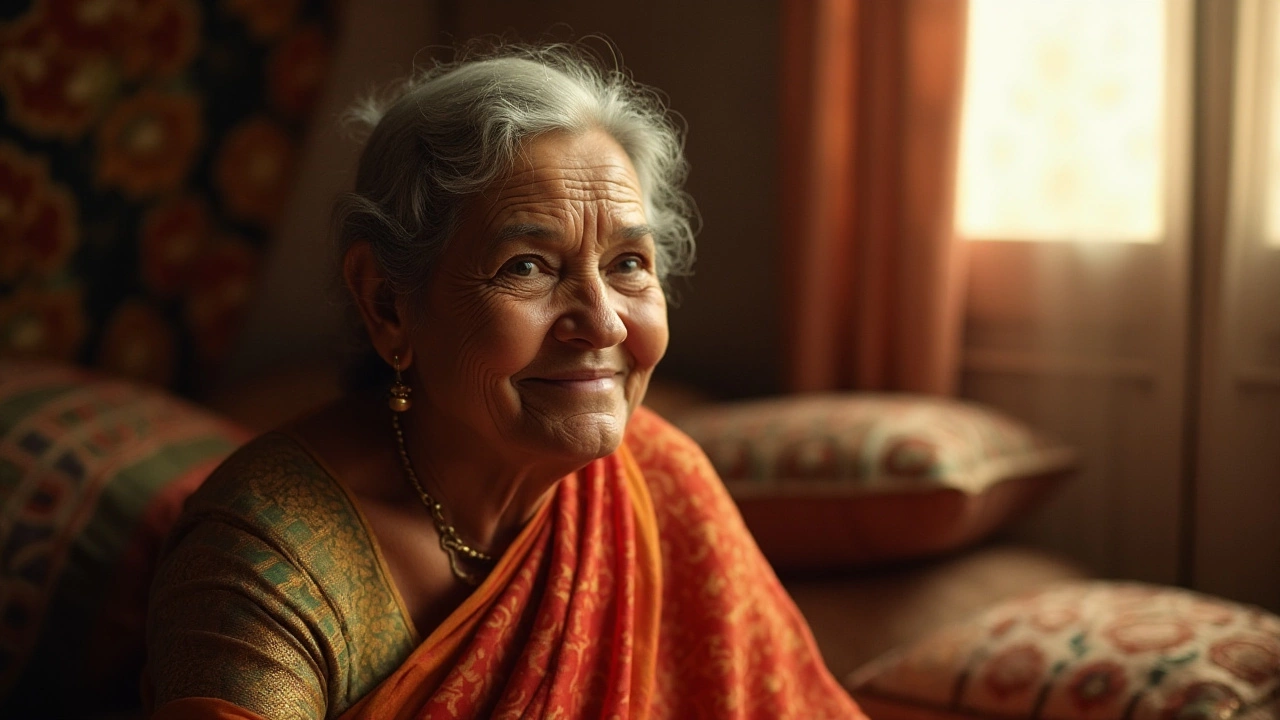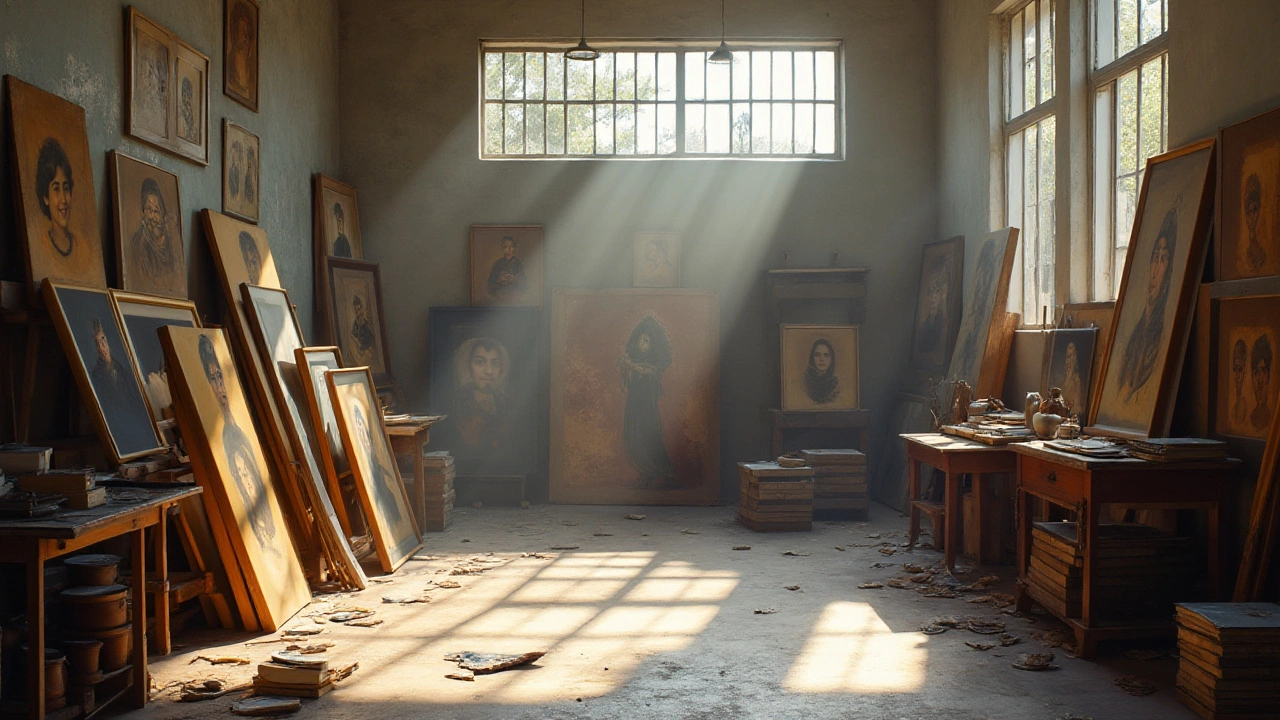Portrait Painting: Practical Tips, Pricing Secrets & 2025 Trends
Thinking about painting a portrait or hiring an artist? You’re in the right spot. Portrait painting is still a big deal in 2025, whether you’re a hobbyist or a collector. Below you’ll get straight‑to‑the‑point advice on how to start, what tools work best, and how much you should expect to pay.
Getting Started with Portrait Basics
First off, choose your medium. Oil paints give that classic depth, but acrylics dry fast and are easier to clean up. If you’re on a budget, water‑based inks or Gouache can deliver vibrant colors without breaking the bank. Grab a decent brush set – a few flat brushes for broad areas and a few fine liners for details work for most artists.
Next, lock in a good reference photo. Lighting matters: soft, even light from a window reduces harsh shadows and makes skin tones easier to read. Snap a few shots from different angles and pick the one that shows the subject’s personality best.
When you sketch, keep proportions loose. Many artists start with a simple grid or use the “two‑eye” method – measure the distance between the eyes and repeat it down the face. This prevents the dreaded ‘big nose, tiny chin’ problem. Once the outline feels right, block in the main color zones before diving into details.
Don’t forget skin tones. Mix a base of ochre, cadmium red, and a touch of ultramarine, then tweak with white or burnt sienna as you go. Paint in layers: start thin, let each layer dry, then add richer glazes. This builds depth without a muddy mess.
How Much Should You Pay for a Custom Portrait?
Commission prices vary a lot, but a few rule‑of‑thumbs help you budget. For a beginner‑level artist, expect $150‑$300 for a small (8×10 in) portrait in acrylic. Mid‑range artists charge $300‑$800 for the same size in oil, while high‑end portraitists can ask $1,200‑$3,000 or more, especially for larger formats or extra details like intricate backgrounds.
Several factors push the price up: the artist’s reputation, the complexity of the pose, and any custom requests such as extra figures or a special setting. Shipping, framing, and insurance are usually extra, so ask the artist for a full quote before signing a contract.
When you negotiate, be clear about your budget and the final size you want. Many artists offer a “budget option” with fewer layers or a simpler background to keep costs down. A detailed contract that lists milestones (sketch approval, color proof, final delivery) protects both sides.
Finally, check the artist’s portfolio for consistency. A strong, recognizable style often means you’ll get a piece that lasts, which is worth the extra money.
Portrait painting is as much about storytelling as it is about technique. Whether you’re picking up a brush or hiring a pro, these tips should keep you on track and help you avoid surprise costs. Ready to start your portrait journey? Grab your materials, pick a reference, and let the canvas speak.
